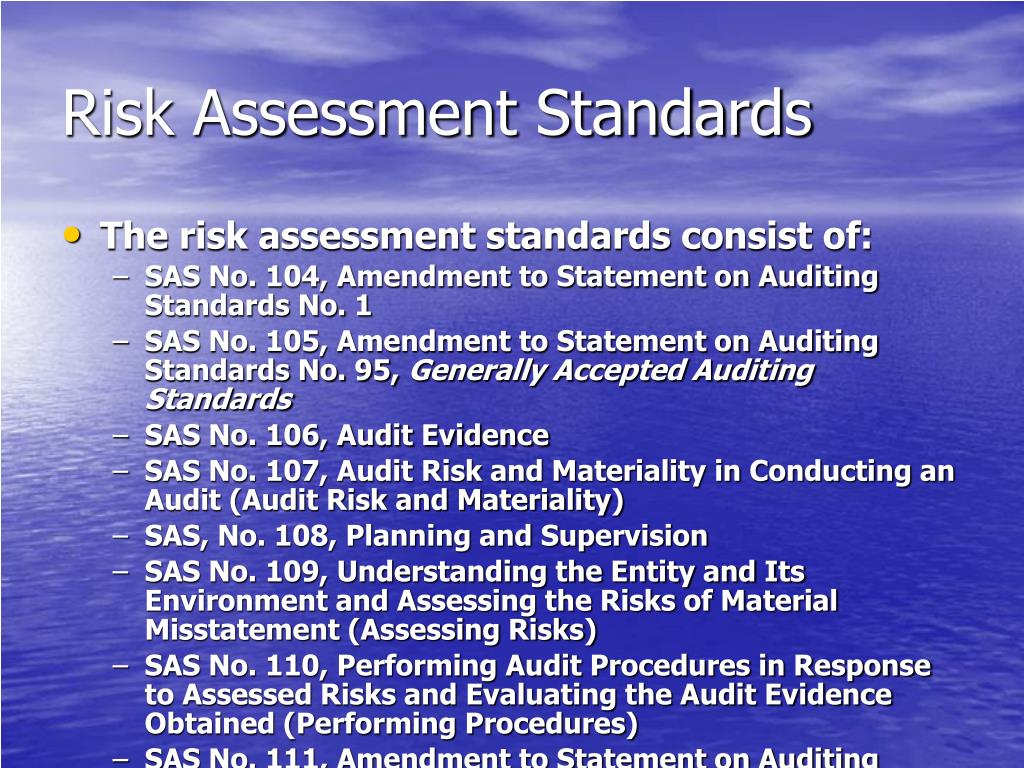

The final SQMS standard requires annual monitoring and assessment of the system of quality management but allows for inspection of a sample of completed engagement for each engagement partner on a cyclical basis. For sole practitioners and small firms, this would have been inherently problematic in terms of both cost and logistics, especially if required annually. The top point of concern was the proposal’s requirement for a firm to inspect a sample of completed engagements, with a prohibition against self-inspection, i.e., no one can inspect work they have done themselves. 1 released in 2021 had several controversial proposals.


The standards provide flexibility for firms to design their system in the way that is most relevant and effective for its practice.Īlso enhanced under SQMS No. Customized design can be a daunting task but is also largely dependent on the complexity of the firm and the type of work it does. This is no one-size-fits all approach a firm’s leaders must customize the design, implementation, and operation of its system of quality management based on the nature and circumstances of the firm and the engagements it performs. The QM standards provide substantial enhancements to the responsibility of firm leadership for proactively managing quality. 8 and represents a move toward a risk-based approach to achieving quality objectives, where firms need to evaluate the risks that may have an impact on engagement quality and develop appropriate responses to address those risks. 1 supersedes Statements on Quality Control Standards (SQCS) No. 146, Quality Management for an Engagement Conducted in Accordance With General Accepted Auditing Standards. 1, A Firm’s System of Quality Management. Statement on Quality Management Standards (SQMS) No.On May 12, 2022, the Auditing Standards Board (ASB) approved the most significant change to quality control standards affecting a CPA firm’s accounting and auditing practice since 2006.Īpproved were the following standards (collectively, the QM standards): One of the most talked about standards proposals in recent memory has been finalized. MNCPA PERSPECTIVES Auditing Standards Board approves significant changes in firm quality standards


 0 kommentar(er)
0 kommentar(er)
